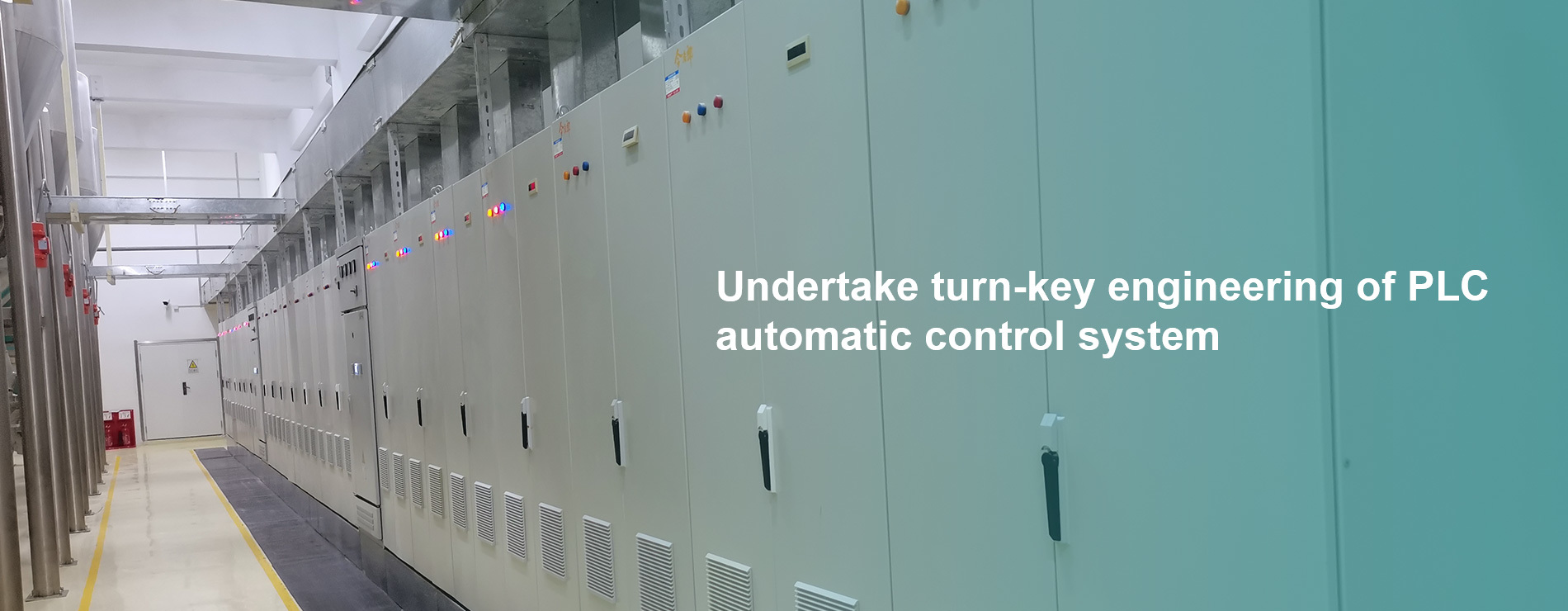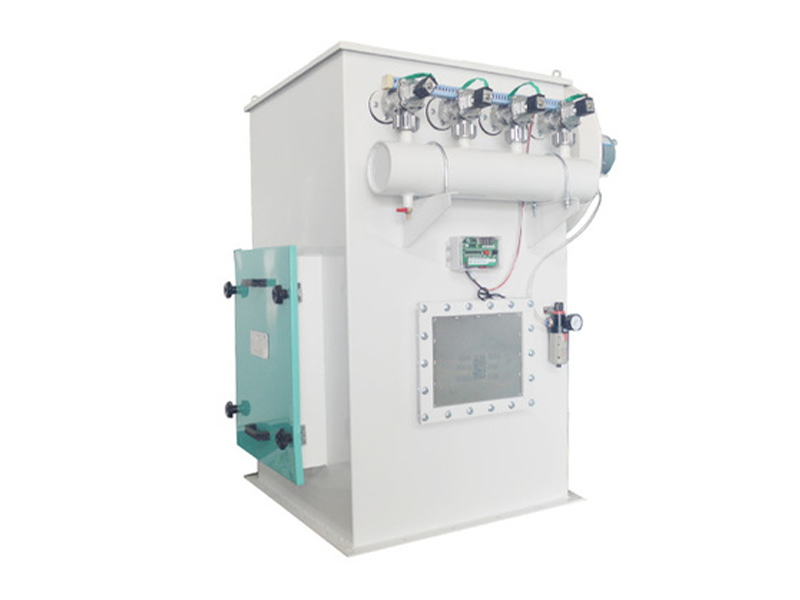Recent Posts
Integrating Ton Bag Unpacking Conveyors into Your Existing Systems for Enhanced Efficiency
Release time:
Apr 18,2025
Integrating Ton Bag Unpacking Conveyors into Your Existing Systems for Enhanced Efficiency Introduction to Ton Bag Unpacking Conveyors In the ever-evolving world of agriculture and food processing, efficiency is paramount. One technology that has proven invaluable in optimizing operations is the ton bag unpacking conveyor. As agricultural demands increase, so does the necessity for streamlined pro
Integrating Ton Bag Unpacking Conveyors into Your Existing Systems for Enhanced Efficiency
Introduction to Ton Bag Unpacking Conveyors
In the ever-evolving world of agriculture and food processing, efficiency is paramount. One technology that has proven invaluable in optimizing operations is the ton bag unpacking conveyor. As agricultural demands increase, so does the necessity for streamlined processes. These conveyors facilitate the unpacking of bulk materials stored in ton bags, significantly enhancing workflow productivity.
In this article, we will explore how to effectively integrate ton bag unpacking conveyors into your existing systems, the benefits they offer, and practical steps to ensure a successful implementation.
Understanding the Role of Ton Bag Unpacking Conveyors
What Are Ton Bag Unpacking Conveyors?
Ton bag unpacking conveyors are specialized systems designed to transport and unload bulk materials from large bags. These conveyors can handle various materials, including grains, seeds, fertilizers, and other agricultural products. By automating the unpacking process, they minimize manual labor, reduce the risk of injury, and enhance overall operational efficiency.
Benefits of Using Ton Bag Unpacking Conveyors
The integration of ton bag unpacking conveyors comes with numerous advantages:
1. Increased Efficiency
By automating the unpacking process, these conveyors streamline operations, reducing the time taken to unload materials significantly.
2. Labor Cost Reduction
With the automation of manual tasks, companies can reduce labor costs while reallocating staff to more strategic roles within the organization.
3. Improved Workplace Safety
Ton bag unpacking conveyors minimize the physical strain on employees, reducing the risk of workplace injuries associated with manual handling.
4. Enhanced Product Quality
Automated systems reduce human error, ensuring that the materials are handled more carefully and efficiently, leading to better product quality.
5. Space Optimization
These conveyors can be designed to fit existing spaces, allowing you to optimize your facility layout without significant restructuring.
Assessing Your Current Systems
Before integrating ton bag unpacking conveyors into your operations, it's essential to assess your current systems. This evaluation will guide decisions regarding the type and design of conveyor systems you should implement.
1. Analyze Your Workflow
Map out your current processes from receipt of materials to storage. Identify bottlenecks and areas where the unpacking process could be improved.
2. Evaluate Your Space
Determine available space for new equipment. Consider factors such as height, width, and accessibility to ensure that the new conveyors fit seamlessly into your existing layout.
3. Identify Material Types
Understand the types of materials you will be unpacking, as different materials might require specific conveyor designs or features.
Choosing the Right Ton Bag Unpacking Conveyor
With several options available, it’s crucial to choose the right type of ton bag unpacking conveyor for your specific needs.
1. Types of Conveyors
There are various types of ton bag unpacking conveyors, including:
- **Belt Conveyors**: Ideal for uniform loads and gentle handling.
- **Screw Conveyors**: Suitable for bulk solids that require a more controlled flow.
- **Bucket Elevators**: Effective for elevating materials vertically.
- **Chain Conveyors**: Great for heavy or dense materials.
2. Customization Options
Consider whether you need a customized solution based on your materials, space, or specific operational needs. Customization can include conveyor length, width, and speed, as well as additional features like weigh scales or automatic bag splitters.
Integrating the Conveyor Into Your Current Systems
Once you have selected the appropriate conveyor, the next step is the integration into your existing systems.
1. Collaboration with Professionals
Engage with experts in conveyor systems to help with installation and integration. Their experience ensures that your system aligns with operational needs right from the start.
2. System Compatibility
Ensure that the new conveyors are compatible with your current machinery and software systems. This compatibility is critical for maintaining seamless operations.
3. Training Your Staff
Train your staff on using the new conveyor system effectively. They should understand how to operate, maintain, and troubleshoot the conveyor to minimize downtime.
Maintenance and Optimization of Your Conveyor System
To ensure longevity and effectiveness, it is important to maintain and optimize your ton bag unpacking conveyors regularly.
1. Routine Inspections
Conduct regular inspections to identify wear and tear early. Look for signs of misalignment, unusual noises, or any operational inefficiencies.
2. Scheduled Maintenance
Create a maintenance schedule that includes lubrication, parts replacement, and cleaning. A proactive approach can prevent unexpected breakdowns and ensure smooth operations.
3. Performance Monitoring
Utilize monitoring technology to track the performance of your conveyor system. Analyze data on speed, efficiency, and downtime to identify areas for improvement.
Case Studies: Successful Integrations
Examining real-world examples can provide insights into the effective integration of ton bag unpacking conveyors.
1. Agriculture Company A
Company A integrated a screw conveyor system to streamline the unpacking of organic fertilizers. The result was a 30% increase in processing speed and a significant reduction in labor costs.
2. Food Processing Plant B
Plant B installed a belt conveyor system to handle grain deliveries. By doing so, they improved material handling efficiency and reduced waste caused by manual unpacking.
FAQs About Ton Bag Unpacking Conveyors
1. How do ton bag unpacking conveyors improve efficiency?
They automate the unpacking process, reducing the time and labor associated with manual handling.
2. What types of materials can be processed with these conveyors?
Ton bag unpacking conveyors can handle a variety of materials, including grains, seeds, fertilizers, and other bulk products.
3. Can ton bag unpacking conveyors be customized?
Yes, many conveyors can be customized in length, width, speed, and features to meet specific operational needs.
4. What maintenance is required for ton bag unpacking conveyors?
Routine inspections, lubrication, and parts replacement are essential to maintaining optimal performance.
5. How do I determine the right type of conveyor for my business?
Evaluate your workflow, assess available space, and consider the types of materials you will be unpacking.
Conclusion
Integrating ton bag unpacking conveyors into your existing agricultural systems presents a fantastic opportunity to enhance efficiency, reduce labor costs, and ensure a smooth operational workflow. By carefully assessing your current systems, selecting the appropriate conveyor type, and prioritizing maintenance, you can enjoy the myriad benefits these conveyors offer. As agricultural demands continue to evolve, investing in innovative technologies like ton bag unpacking conveyors will allow your operations to remain competitive and efficient in an ever-changing landscape.
keywords

HOW CAN WE HELP ?
Get In Touch With Us!
Contact Information
Fax: +86-371-23227333
E-mail: global@aomgmach.com
Production base: Zongdian Industrial Zone, Qi County, Kaifeng City
Business license




